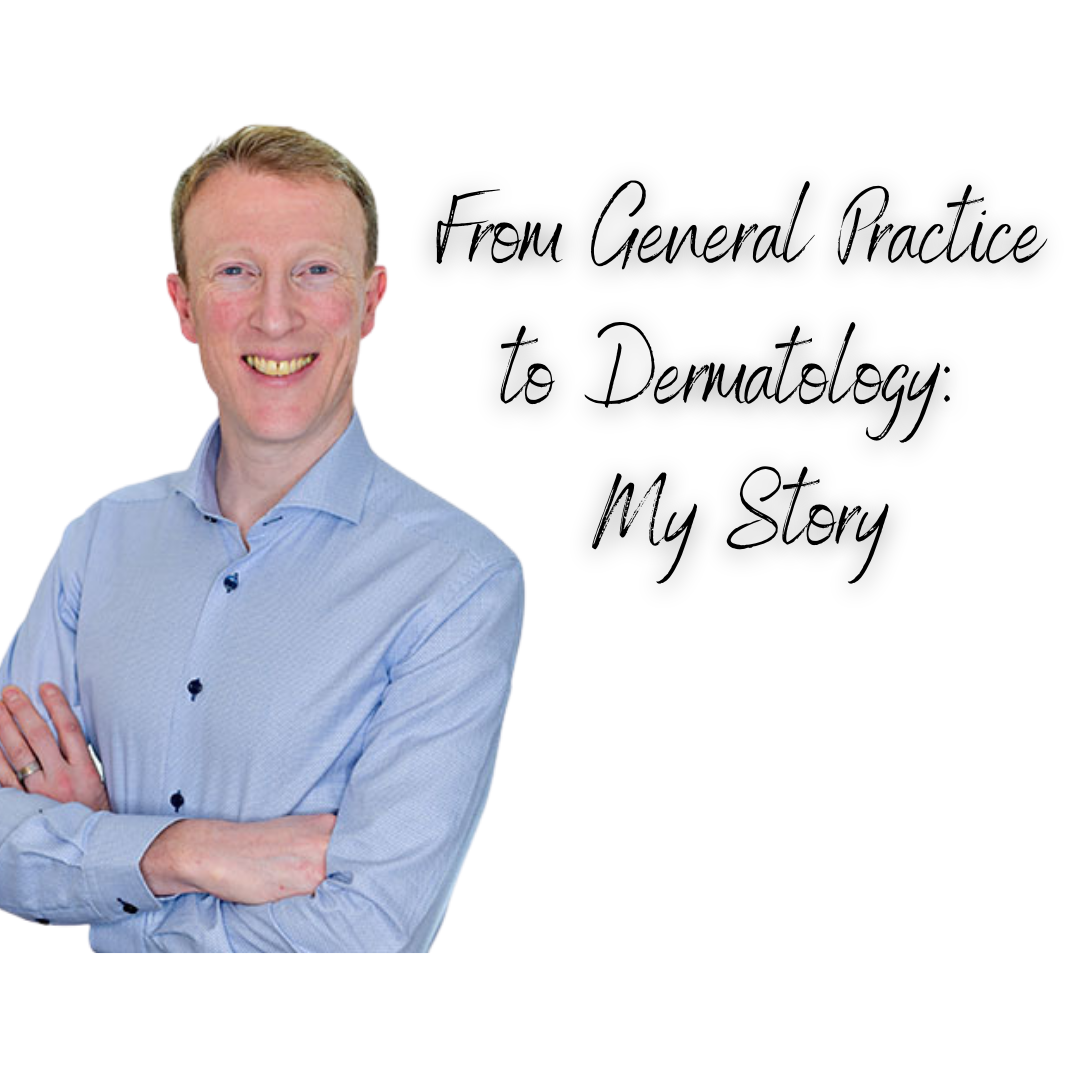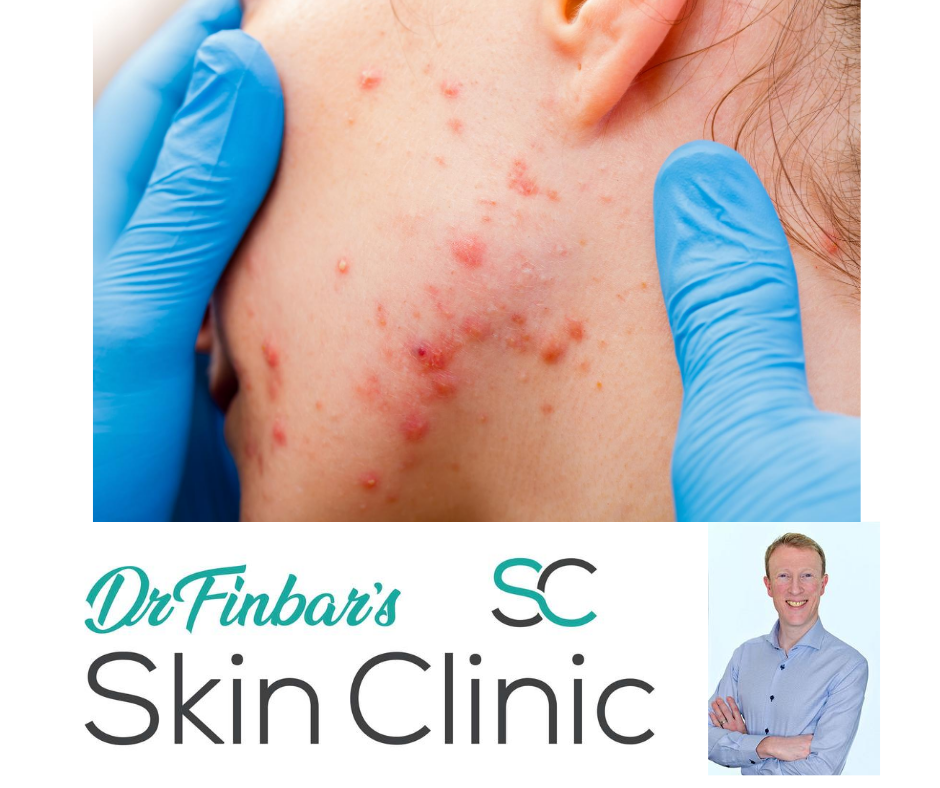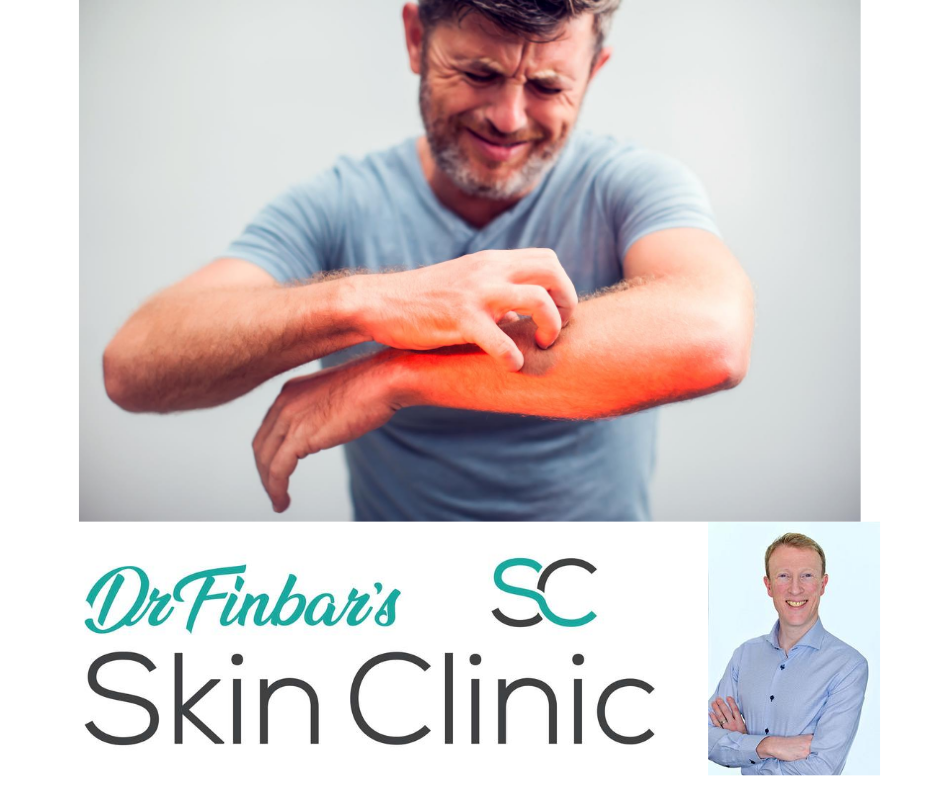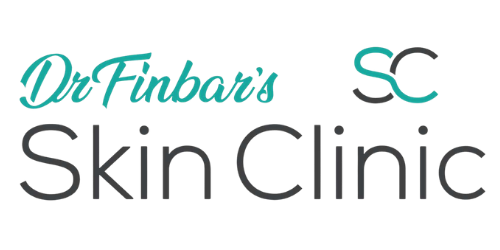Sebaceous Hyperplasia
(The text below is a transcript from the video)
Introduction
Sebaceous hyperplasia is a small skin lesion which mainly appears on the face and affects many people> I'm here to break it down in simple lay terms so you can better understand what it is, why it occurs, and what you can do about it.
What is Sebaceous Hyperplasia?
Sebaceous hyperplasia is a benign (meaning non-cancerous) skin lesion. It’s really just an enlargement and overgrowth sebaceous glands. And sebaceous glands are make sebum, which is an oily substance that keeps our skin moisturized and protected. And hyperplasia just means an increase in number of the cells.
In sebaceous hyperplasia, these little glands grow in size, forming small, yellowish or flesh-colored bumps on the skin. They are mainly found on the face, particularly on the forehead, cheeks, and nose.
What does sebaceous hyperplasia look like?
They are small yellowish spots. They don’t come and go like acne or rosacea spots. And they are mainly around the centre of the face and forehead, that’s not really surprising as that’s where the most of these oily sebum producing sebaceous glands are located.
People tend to have more that one, and can often have multiple.
What Causes Sebaceous Hyperplasia?
The exact cause of sebaceous hyperplasia is still unknown, but it is believed to be related to a combination of factors, such as:
- Age: Sebaceous hyperplasia is more common in middle-aged and older adults, as the skin's natural oil production tends to decrease with age. The overgrowth of sebaceous glands may be a compensatory mechanism to maintain skin hydration.
- Hormones: Hormonal fluctuations, especially androgens (male hormones), may contribute to the development of sebaceous hyperplasia.
- Genetics: A family history of sebaceous hyperplasia may predispose individuals to developing the condition.
Is Sebaceous Hyperplasia Dangerous?
Sebaceous hyperplasia is not dangerous, and it poses no threat to your overall health. However, some people may feel self-conscious about the appearance of these bumps on their skin.
There is one common type of skin cancer which can look like sebaceous hyperplasia, so. It’s important to know about it.
It’s called Basal Cell Carcinoma or BCC. BCC don’t grow out of sebaceous hyperplasia- they aren’t related at all- its just that small BCC can start out looking a bit like sebaceous hyperplasia. Other features of BCC are slow continuous grow and they can also form a scab or crust then heal then repeat that process. Here are some BCC.
Unlike Sebaceous hyperplasia, it would unless to have multiple BCCs at once, unless you have neglected getting a skin check for some time.
If you're ever in doubt, it's always best to consult with a healthcare professional trained in skin lesion recognition for a proper evaluation and diagnosis. The dermatoscope we use can easily identify a BCC from sebaceous hyperplasia.
How is Sebaceous Hyperplasia Treated?
While sebaceous hyperplasia doesn't require treatment, some people may choose to pursue treatment options for cosmetic reasons. Here are a few treatment options that can help reduce the appearance of sebaceous hyperplasia:
- Cryotherapy: This involves freezing the affected sebaceous glands with liquid nitrogen, which causes them to shrink and eventually disappear.
- Laser Therapy: Various laser treatments can target the enlarged sebaceous glands, reducing their size and improving the skin's appearance.
- Electrodessication: This procedure uses a small electrical current to remove the affected sebaceous glands, flattening the bumps and smoothing the skin.
- Topical Retinoids: Prescription-strength retinoids, such as tretinoin, can help reduce the size of the enlarged sebaceous glands and improve the skin's overall appearance. and some doctors even prescribe isotretinoin or roaccutanne, which has been shown in this study to be very effective for sebaceous hyperplasia.
It's important to note that these treatments may not completely prevent sebaceous hyperplasia from recurring.
Conclusion
Sebaceous hyperplasia is a harmless yet sometimes bothersome skin condition. while sebaceous hyperplasia may affect your skin's appearance, it is not a dangerous condition. Although they don’t need treated, I have described a number of treatment options, but as sebaceous hyperplasia are benign, don’t expect them to be treated in the health service.
Share this post on:
Copyright © 2023 Dr Finbars' Skin Clinic All rights reserved.






